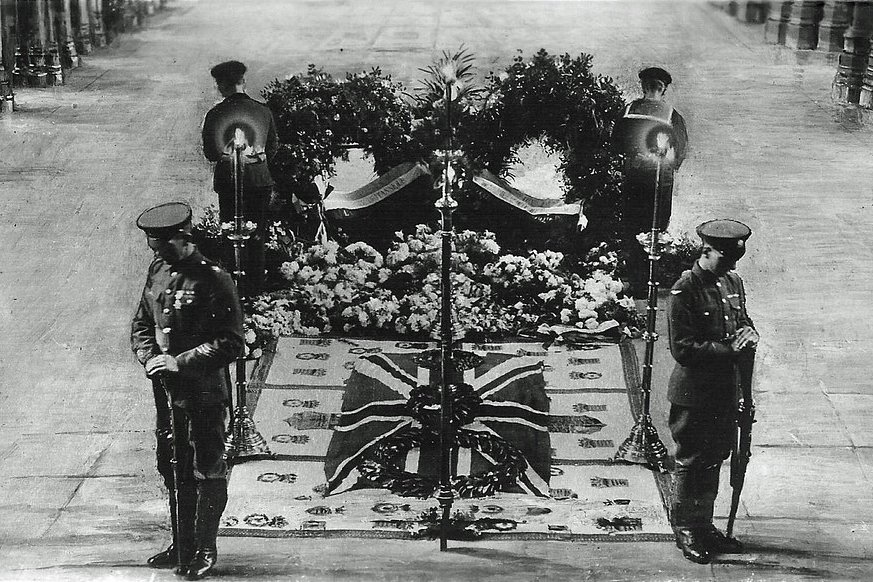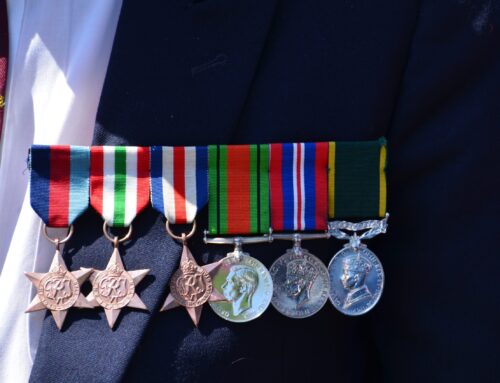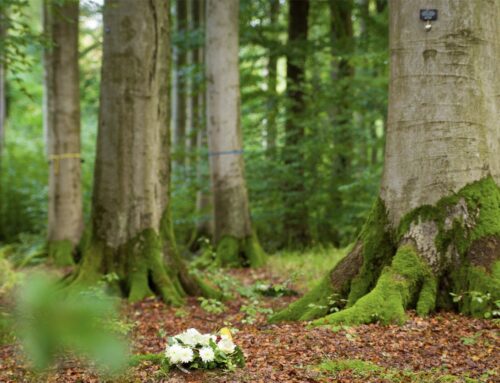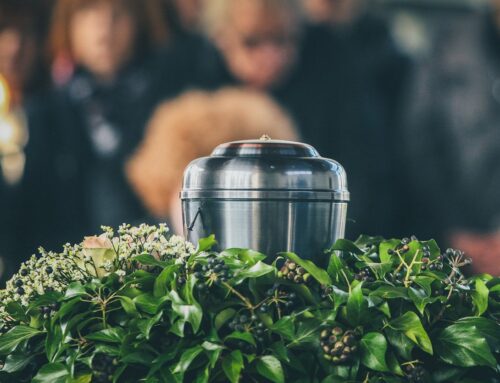Lying in Westminster Abbey since 1920, the Tomb of the Unknown Warrior is not just a lone soldier from the war. It is a National Act of Remembrance, representative of all those we lost in the Great War.
A Reverend on the front lines, Reverend David Railton, was the first to establish the idea. He wrote to the Dean of Westminster having seen a single cross near the battlefield with the words “An Unknown British Soldier” marked on them. He felt that an unidentified body from the battlefields should be buried in Westminster “amongst the Kings”, in order to represent the thousands they had lost.
Exhumed from the battlefield, the remains of British soldiers were bought to a chapel in France on 7th November 1920, and placed in four plain coffins covered by Union Flags. Without knowing which battlefield any of the fallen soldiers had been taken from, a Brigadier named L.J.Wyatt closed his eyes and rested his hand on one of the coffins. The rest were taken away to be reburied and the chosen soldier became the one we know today lying under Westminster.
Travelling through France, the coffin was escorted by Reverend George Kendall OBE with troops lining the route, until it reached Boulogne. There, two undertakers placed the coffin into a casket made from the oak timber trees from Hampton Court Palace. The Casket was banded with iron, and a medieval crusaders sword from the Royal Collection that was chosen by King George V to be affixed to the top. An iron shield was also added, bearing the inscription ‘A British Warrior who fell in the Great War 1914–1918 for King and Country’.
From Boulogne, the casket travelled in a French Military Wagon drawn buy 6 black horses, down to the harbour to reach England. The bells tolled, trumpets of the French Cavalry played, and one thousand local schoolchildren along with French Troops led the way.
By train, the soldier’s remains made its way up to London to Victoria Station. A Plaque on Platform 8 of the station marks the site, and a small Remembrance service takes place every year on November 10th, to mark the anniversary of its arrival.
On 11 November 1920, the day we celebrate as Remembrance Day every year, silent crowds lined the streets as the casket was taken by horse and carriage through the streets of London. It was met by the King himself, who laid a wreath atop it. As it entered Westminster, it was flanked by a guard of honour of 100 recipients of the Victoria Cross. Amongst the guests at the abbey, were around 1000 women who has lost their husband and sons to the war.
Buried in the Nave of Westminster Abbey, the casket was covered in the soil from various battlefields and a piece of black Belgian marble. The marble still there today contains an inscription engraved with brass from melted wartime ammunition.
BENEATH THIS STONE RESTS THE BODY OF A BRITISH WARRIOR
UNKNOWN BY NAME OR RANK
BROUGHT FROM FRANCE TO LIE AMONG THE MOST ILLUSTRIOUS OF THE LAND
AND BURIED HERE ON ARMISTICE DAY 11 NOV: 1920, IN THE PRESENCE OF HIS MAJESTY KING GEORGE V
HIS MINISTERS OF STATE
THE CHIEFS OF HIS FORCES
AND A VAST CONCOURSE OF THE NATION
THUS ARE COMMEMORATED THE MANY MULTITUDES WHO DURING THE GREAT WAR OF 1914-1918 GAVE THE MOST THAT MAN CAN GIVE LIFE ITSELF
FOR GOD
FOR KING AND COUNTRY
FOR LOVED ONES HOME AND EMPIRE
FOR THE SACRED CAUSE OF JUSTICE AND THE FREEDOM OF THE WORLD
THEY BURIED HIM AMONG THE KINGS BECAUSE HE HAD DONE GOOD TOWARD GOD AND TOWARD HIS HOUSE
As the clock chimes for 11 on Armistice Day, we remember those we have lost to war. The Unknown Soldier serves as a reminder of the many men who died to protect our freedom and were not able to be laid to rest by their families.
Selsdon and District are proud to support the Armed Forces and were the first Funeral Directors to sign the Armed Forces Covenant as a promise to treat fairly those who have served and their families.




